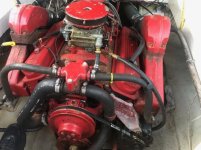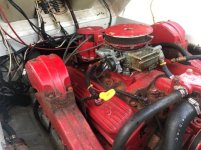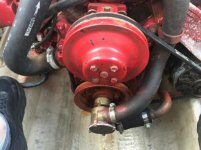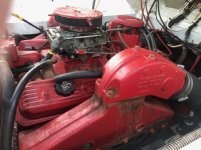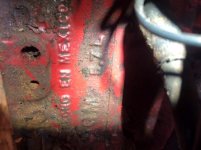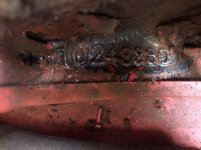Rick, thanks for the reply.
You are welcome!
I will check into the safety issues you mentioned. It looks like Holly has the pump cutoff relay you mentioned.
The N/O Low Oil Pressure switch and the relay would be for the electric fuel pump circuit.
I’m still confused about the engine dating. This engine has the Vortec heads and intake.
The Vortec cylinder heads and intake manifold can be fit to an earlier cylinder block.
By the way, the Vortec cylinder heads cannot offer their maximum efficiency when used with the GM full dished pistons.
It is my understanding that the Vortec engine was not available in the Chevrolet truck until 1996. I’m not sure when it made its way into the marine application, but it would seem to have been sometime after 1996.
Correct. They first appeared in the auto engines in 1996.
The raw water pump and transmission are probably original to boat, but engine must be later.
Could be the original engine with the Vortec cylinder heads, or it could be a later complete engine.
Look at the rear area for the cast-in numbers. If you cannot see this area, push a piece of molding clay onto the area, pull it out and read it in a mirror.
Your seawater pump is a Johnson. It may be the F5B-9 or the F6B-9.
I pulled up most of the part schematics on the link you provided and so far, I have not seen any which have the crankshaft driven raw water pump.
All BB series used the crankshaft pump. Not until later did they use the belt driven seawater pump.
The crankshaft pump is a much better system! No belt tension side load on the pump's shaft.
If you pull the impeller out during winterizing, you can extend it's life.
The hoses seem to Be exclusive to that pump, because non of the ones shown look anything like my set up.
The suction hoses must be collapse proof.
The supply hoses does not need to be!
i appreciate your time in responding and am interested in whether you might have further thoughts with this new information.
If you wouldn't mind being more specific as to what you are wanting to do, I would be better able to help you.
